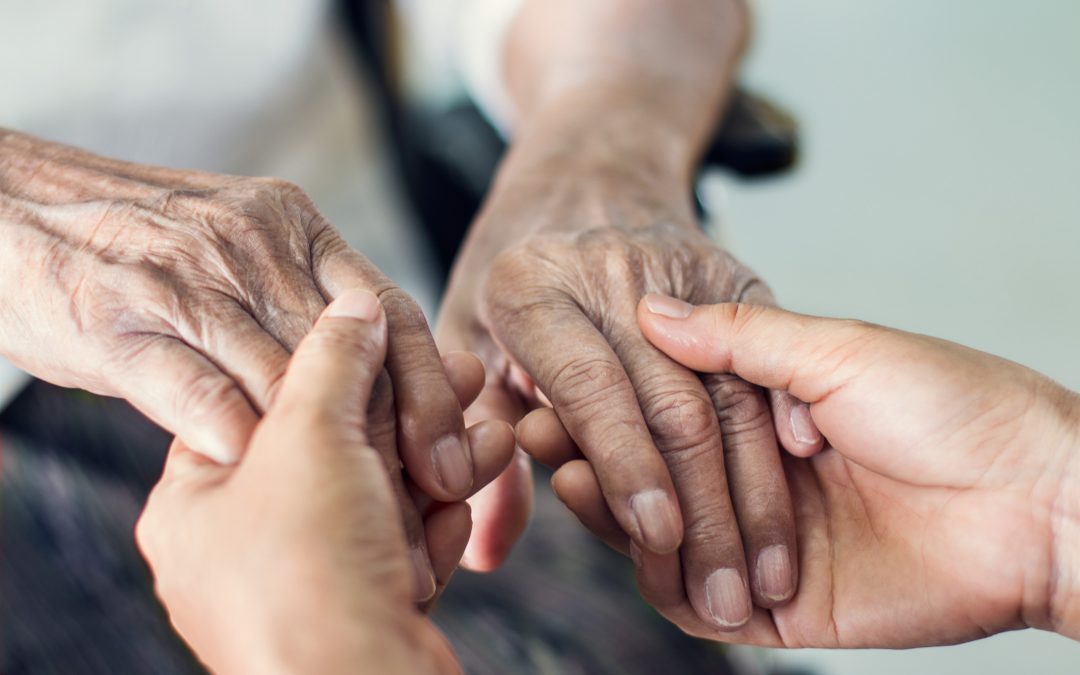An estimated 67 million Americans are unpaid caregivers who spend about 20 hours a week taking care of a sick or disabled person – usually a child, partner or parent. Most of them (66%) are women and how much they do depends on the condition of the person they’re taking care of.
For some, it’s just being a chauffeur, grocery shopper, errand runner and a companion at doctor’s appointments. For others, it also includes cooking and cleaning, doing household chores and maybe managing and giving medication. More disabled people also need help bathing, going to the bathroom and moving from a bed to a chair and back again.
Caregiver burden
If you’re a caregiver, you’re probably doing that in addition to working or going to school and managing your relationships as a parent, child, partner and friend. If you’ve got the time and energy left for a social life, you’re lucky.
It’s exhausting, frustrating and disheartening and it’s referred to in psychology as the “caregiver burden.”
Caregiver burden is exactly what you’d think: “a multidimensional response to physical, psychological, emotional, social and financial stressors associated with the caregiving experience.”
It’s easy to understand the psychological effects of caregiving: stress, anger, loneliness, resentment, guilt … but there are physical impacts as well.
A study out of the Neurological Institute Cleveland Clinic notes that caregivers are less likely to take care of their own health and that just being a caregiver can lead to injury since most haven’t had any formal training in how to safely transfer a person from a bed to a chair, or how to pick someone up off the floor after a fall. “Caregivers can easily injure themselves during the simplest of caregiving tasks but don’t have time to seek medical care for the injury or a substitute caregiver to give them time to recuperate.”
So it’s not uncommon for a person taking care of a loved one in chronic pain to suddenly need pain management themselves. Except too often, they don’t get it. Caregivers often neglect to take care of their own pain, nutrition, doctor checkups and even serious issues like high blood pressure.
Learn effective ways to help
In my practice, I try hard to pay attention to the physical and psychological condition of caregivers, as well as the patients I’m treating.
Most of the caregivers I see are adults taking care of their parents but a lot of the time, I don’t actually see the caregivers; they bring their parent to the appointment, but they don’t come in with them. I prefer to see the caregivers too, at least some of the time. They don’t need to come to every single physical therapy appointment, but they should definitely be in every follow-up visit with the doctor, and they should come to at least some of the physical therapy meetings so they can learn the routine that their loved one needs to follow at home.
One of the things I often do with caregivers is teach them how to apply kinesiology tape, a flexible tape that harnesses the interface between the skin and the muscles. The tape is applied in specific directions depending on the patient’s problem, so a caregiver who is going to apply it each day needs instructions on what to do.
If the patient needs help transferring – like standing up or lying down – I show the caregiver how to help without injuring themselves. Even a frail person can very easily injure you if you try to support their weight from the wrong position.
I also make sure the caregiver understands the patient’s at-home exercises: how to do them correctly and how often they should be done. I answer questions, which are usually about the patient’s diagnosis, what it means, if it will get better and how long that will take, how often they will have appointments, how much exercise they need to do …
Take care of yourself
And then I check in on the caregiver’s mental health. Sometimes I ask them if they’ve considered visiting a psychologist or some other type of mental health professional. And I remind them to ask for help and to take time out for themselves.
Here are the five tips that I give to every caregiver I see:
- Learn about your loved one’s pain management options: physical therapy, injections, surgery, bracing – make sure you understand all the possibilities that should be considered.
- Go to the pain management appointments with your loved one. Pay attention to instructions even when you’re sure your loved one is also paying attention – when you’re in pain, it’s hard to remember all the details about medication doses, exercise times and stretching schedules.
- Acknowledge that your loved one is in pain; don’t try to dismiss it or blow it off.
- Ask for help. There are services available to help caregivers and taking advantage of them can make a world of difference to both you and your loved one. If you’re not sure where to start, visit www.aarp.org/caregiving for local options, or talk with me, or your primary care physician in person.
- Take time out for yourself. That doesn’t mean doing something fun with the loved one you’re taking care of; that means getting away from them on a regular basis. If you’ve been on an airplane recently, you probably remember the safety demonstration reminds you that in an emergency, you should put on your own oxygen mask first before you help someone else with theirs. It’s a metaphor we use regularly for caregivers – always put on your own oxygen mask first.
The bottom line is to use all of your available resources — doctors, physical therapists, pain clinics and support networks. Don’t try to do it all yourself.
To find out more about our physical therapy division or schedule an appointment at Integrative Pain Specialists, visit www.feelbetterrva.com

